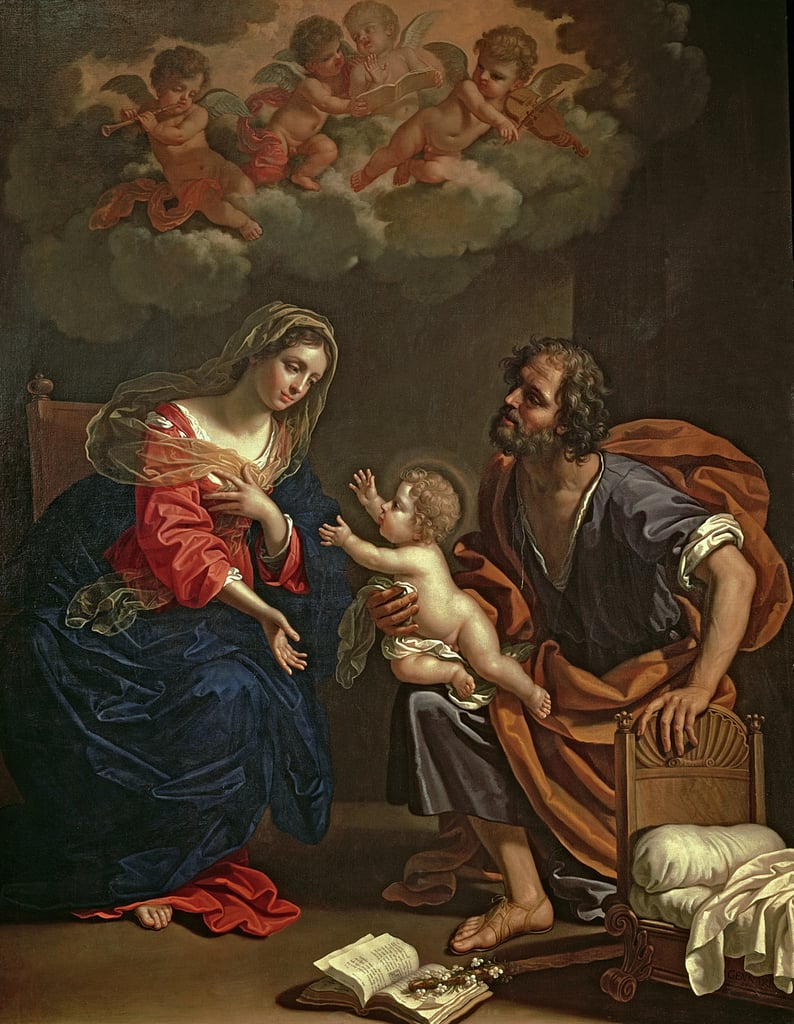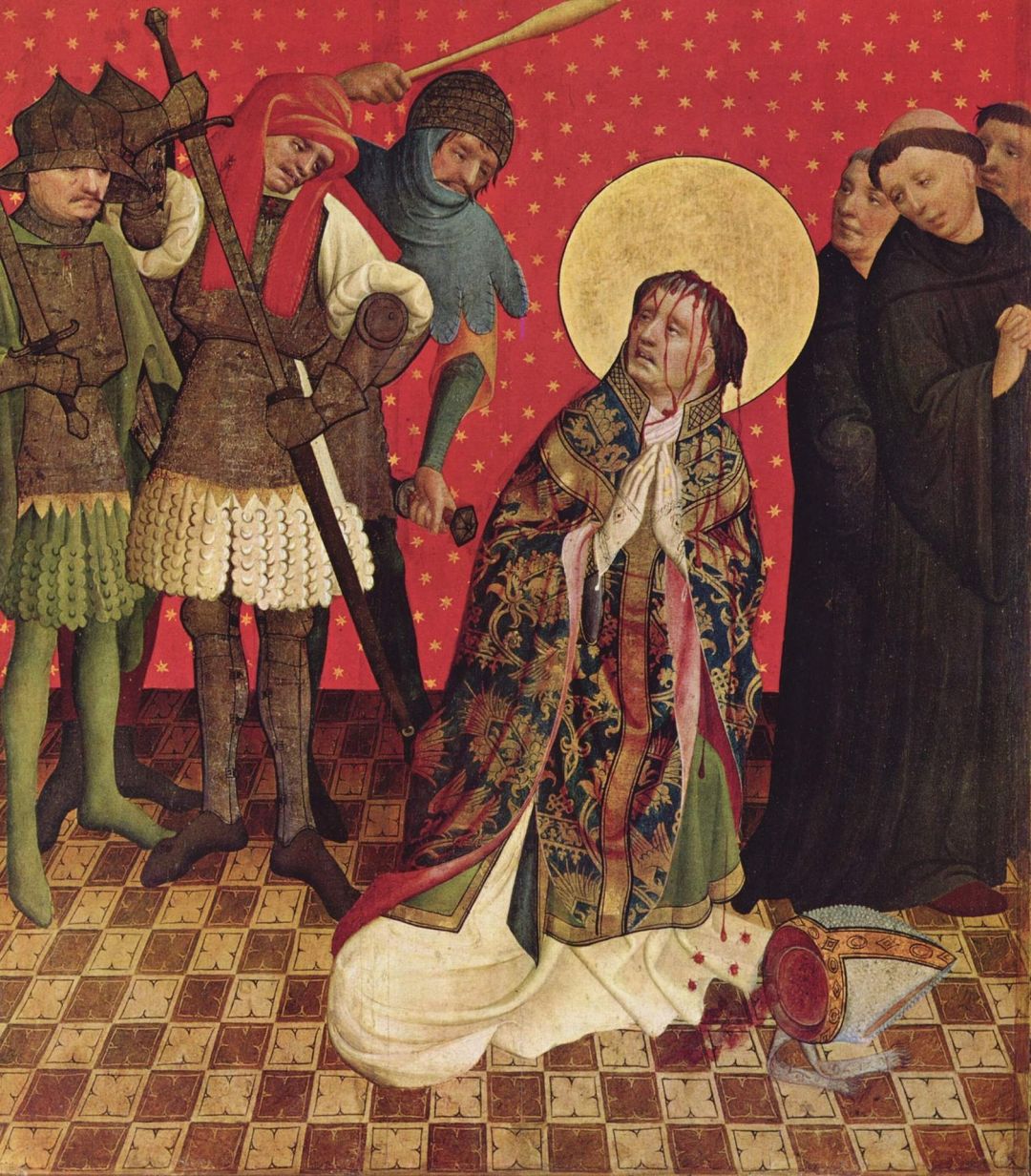One of Us
We must start with the fact that Mary was one of us, fully human. As Charles Dickens says in the opening lines of A Christmas Carol:* “This must be distinctly understood, or nothing wonderful can come of the story I am going to relate.” Just as Marley’s death is an essential element in Dickens’ tale, the Incarnation’s meaning for mankind is directly connected to the Blessed Mother’s humanity. After all, if Christ isn’t born of a human woman, He’s not fully human himself. How else can He die and redeem humankind? Mary is the guarantor that Jesus, while He truly is God, is truly one of us.

We celebrate that wonderful yet confounding reality today. The World knows today, the Eighth Day of Christmas, as New Year’s Day. In the Church it is the Solemnity of Mary, Mother of God, the final day in the Octave of Christmas. The secular observance celebrates no more than another turning of a calendar page, but in the Church we look at time with an eye on eternity. The Nativity of Christ turns around all of human history. That’s why we eventually adopted the BC/AD arrangement of the centuries with its mirror-image numbering of years. The Nativity is at the center of time. Jesus’s mother, Mary, plays an essential part in that unique and astonishing event.
Please click HERE to read entire post
Last year’s post for the Solemnity of Mary-


















